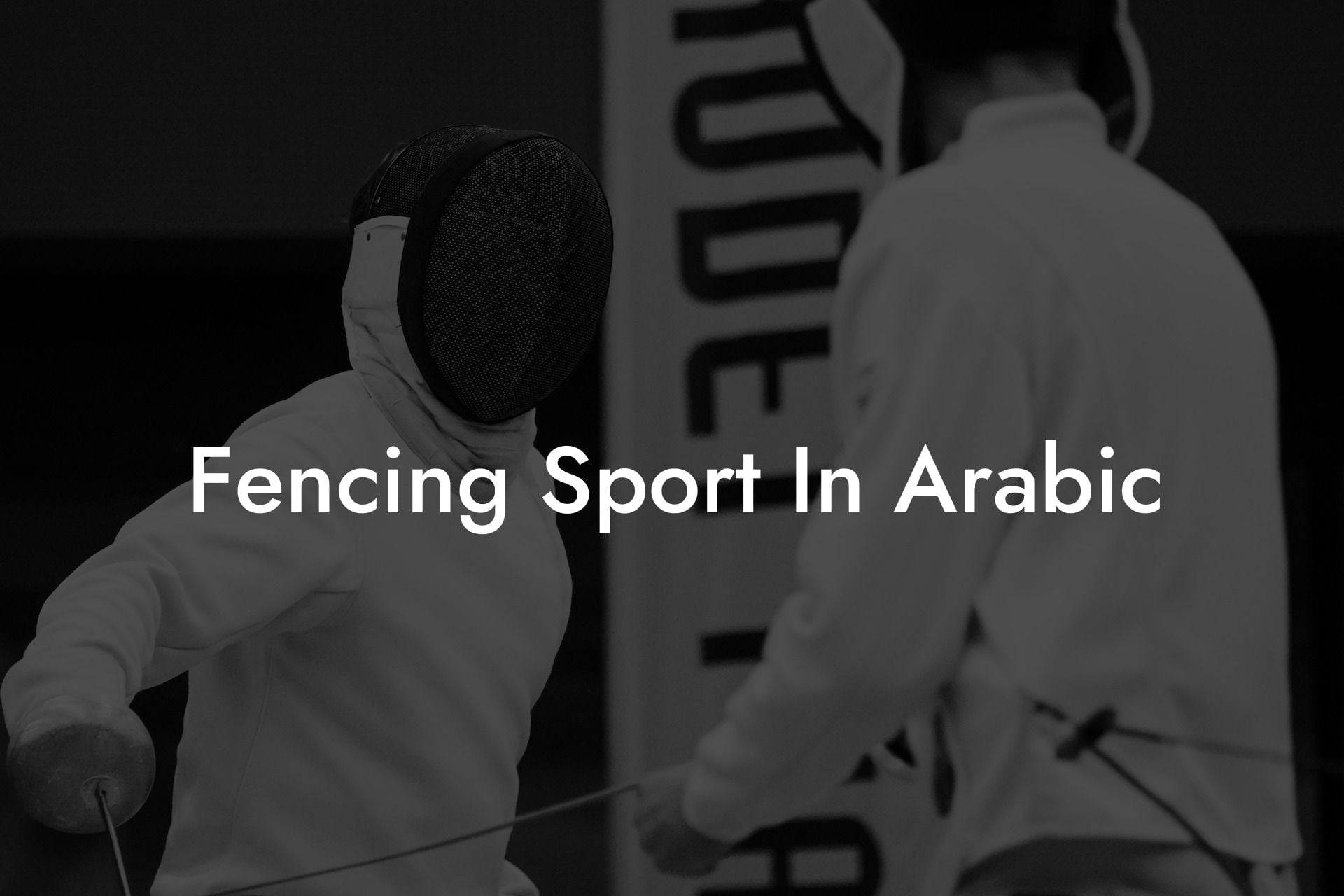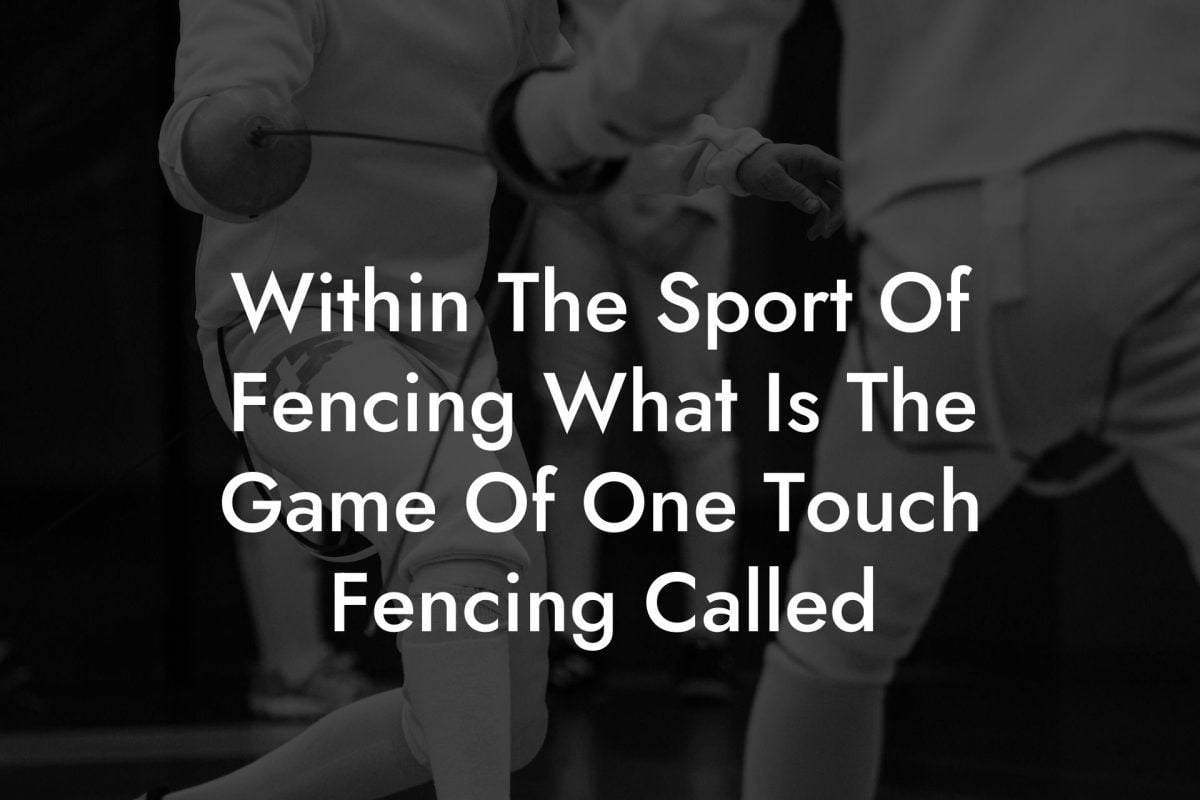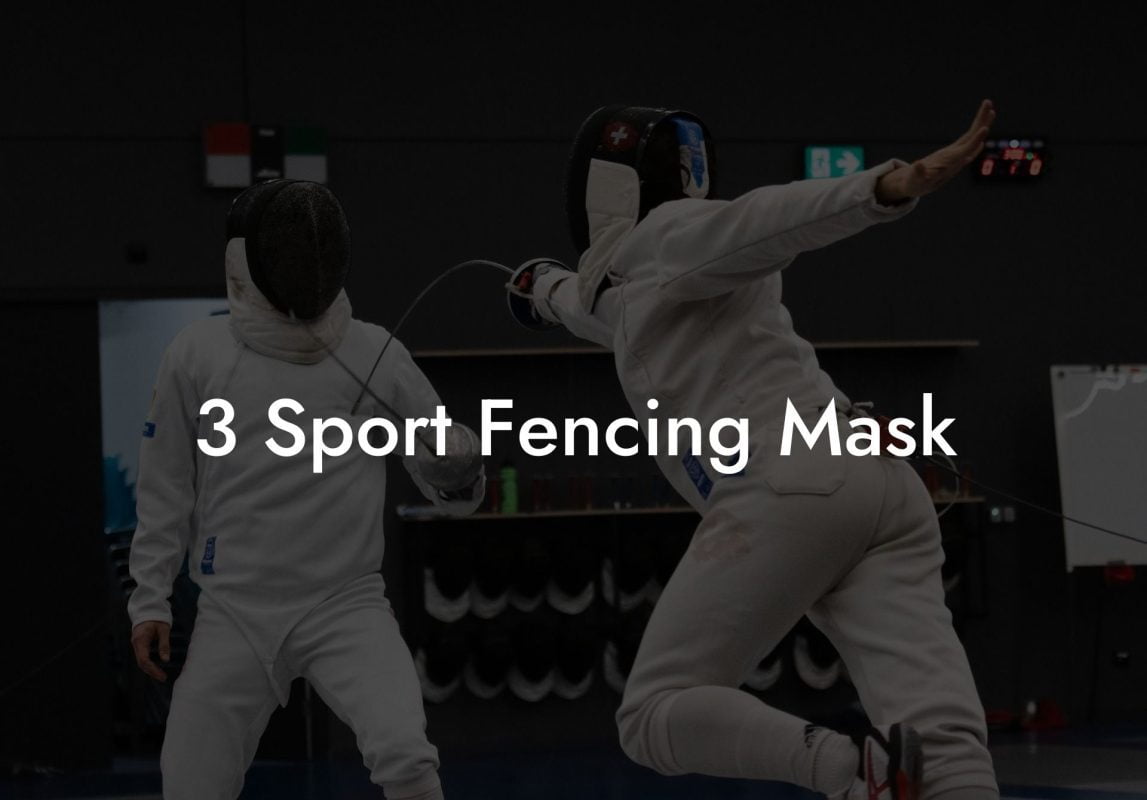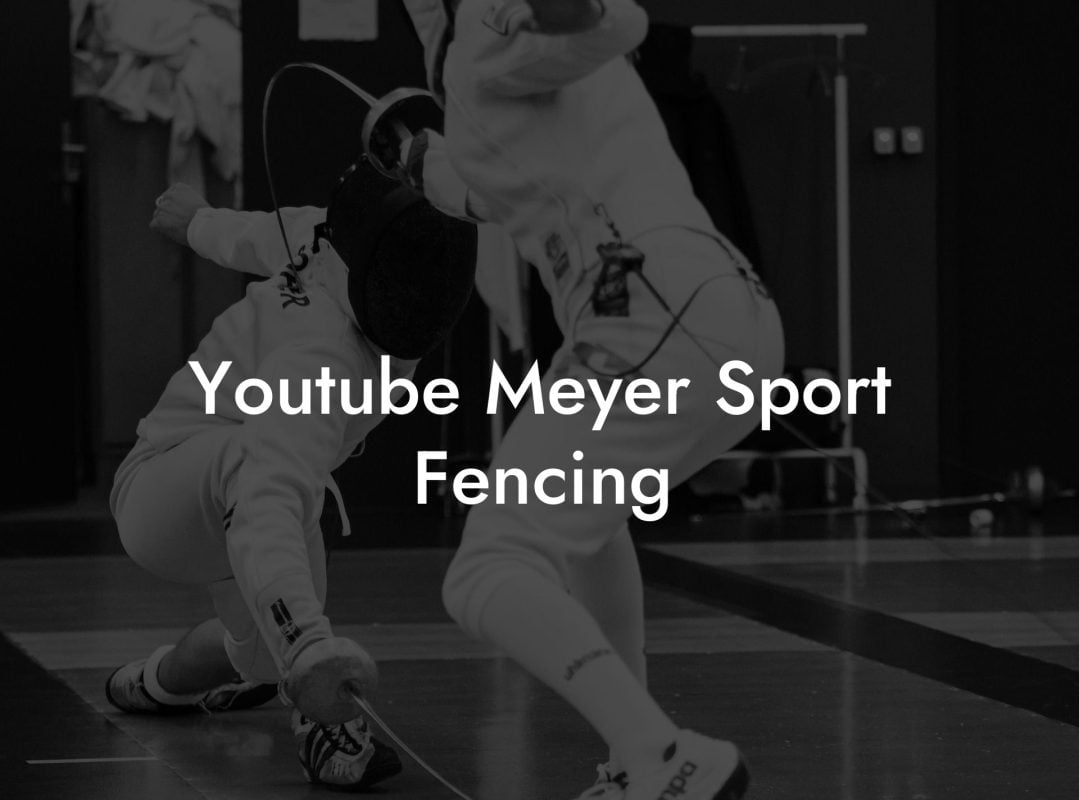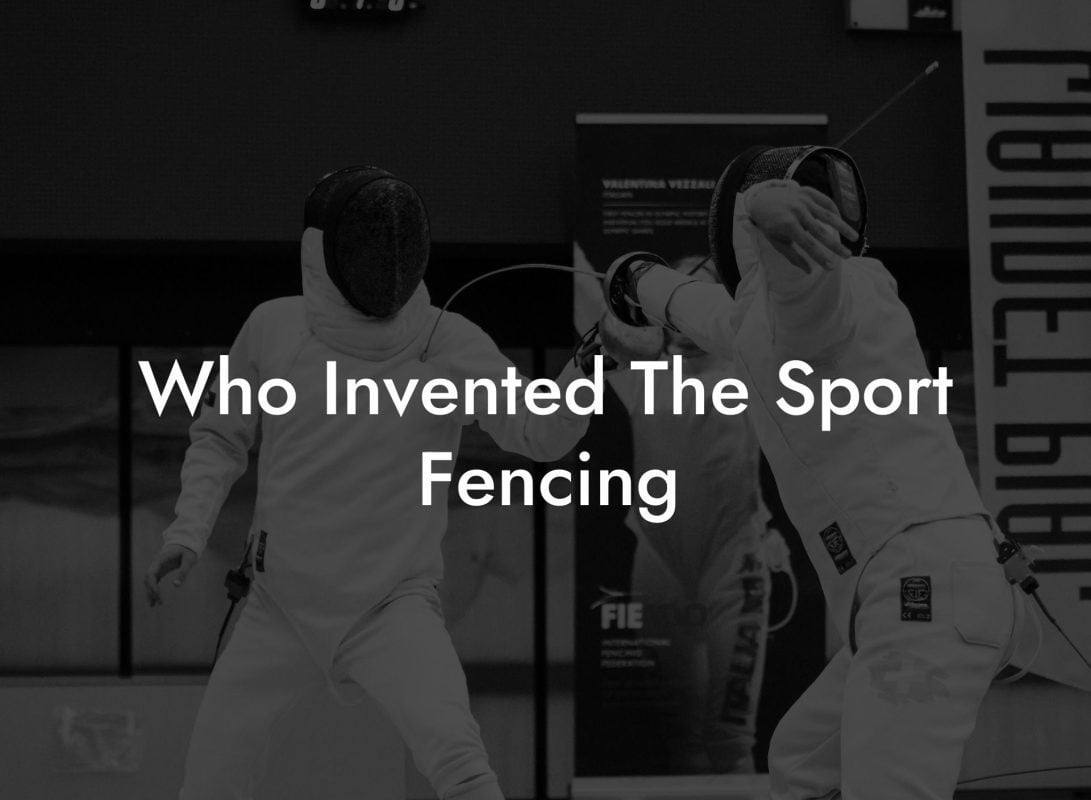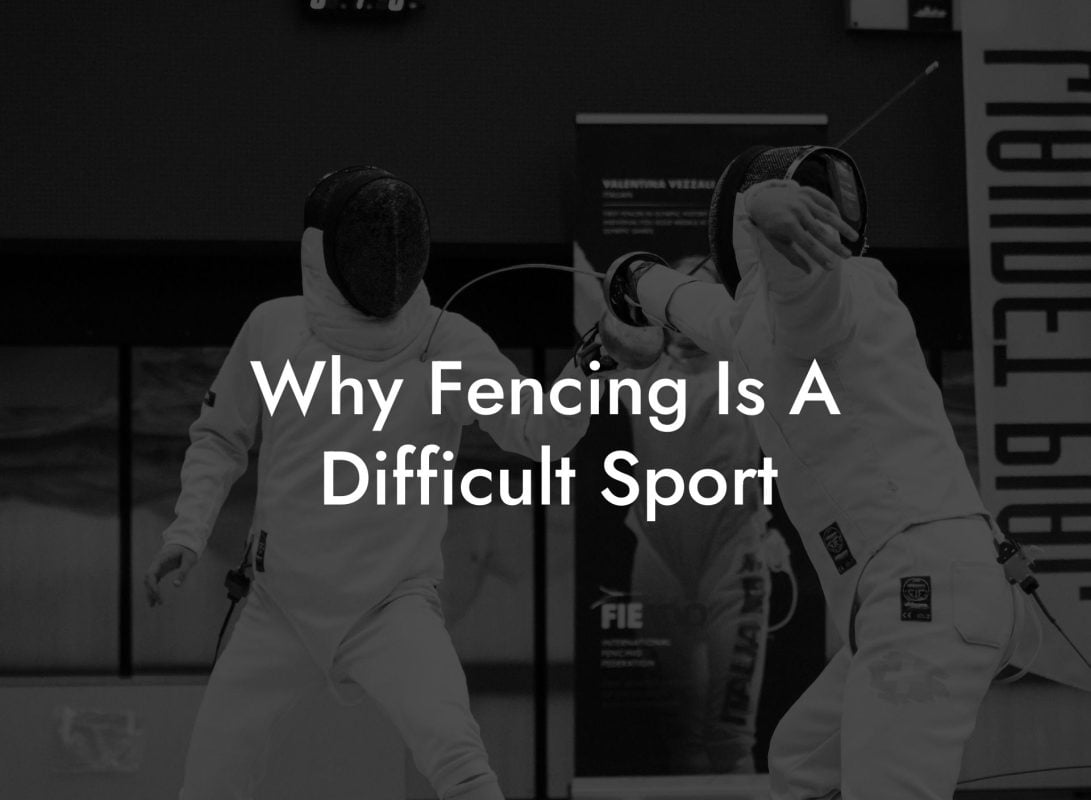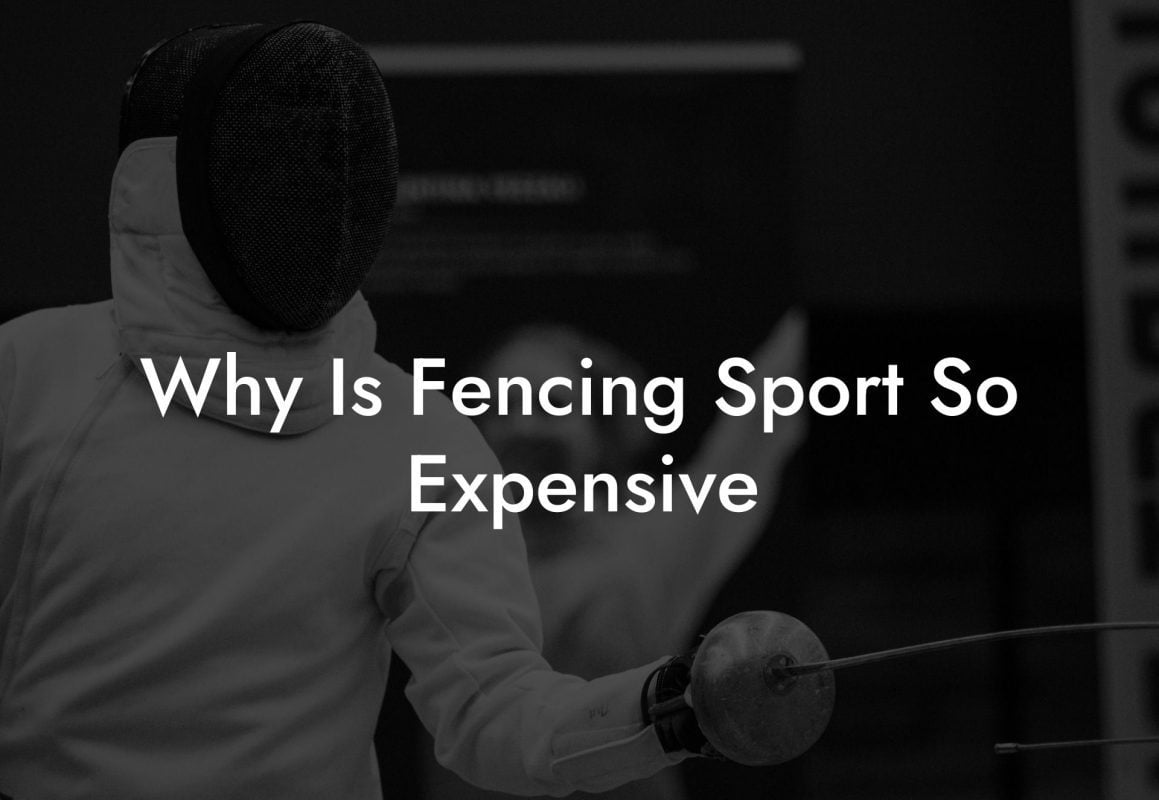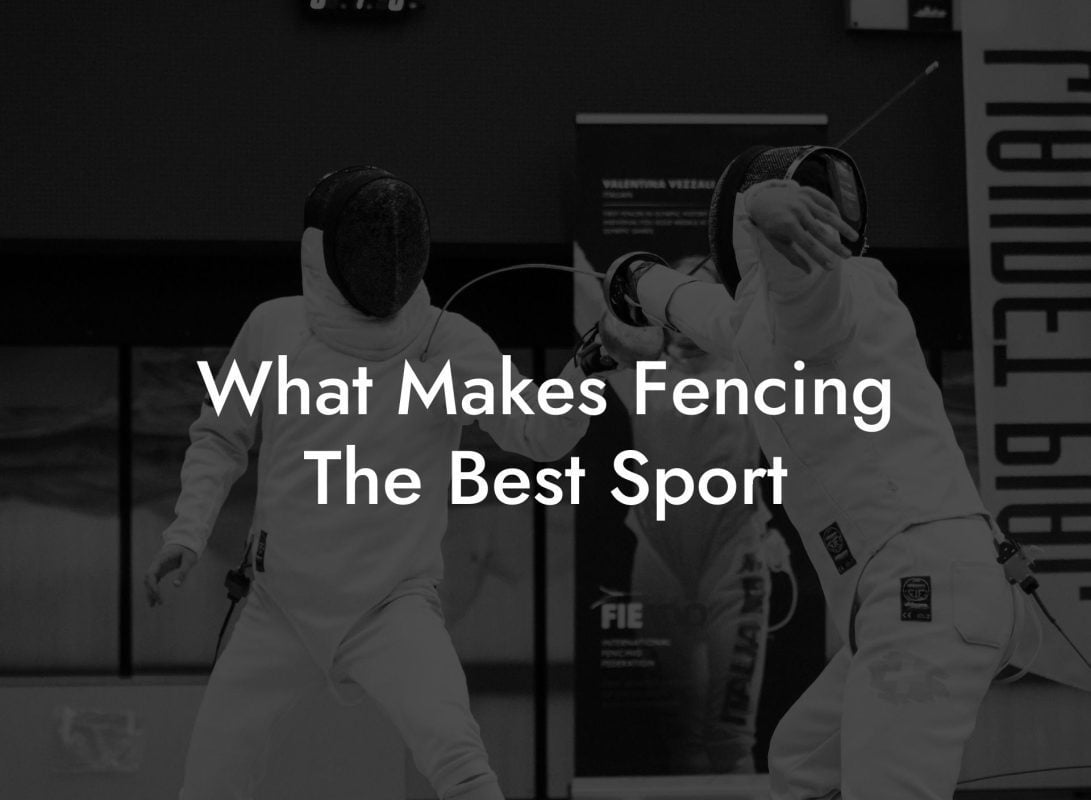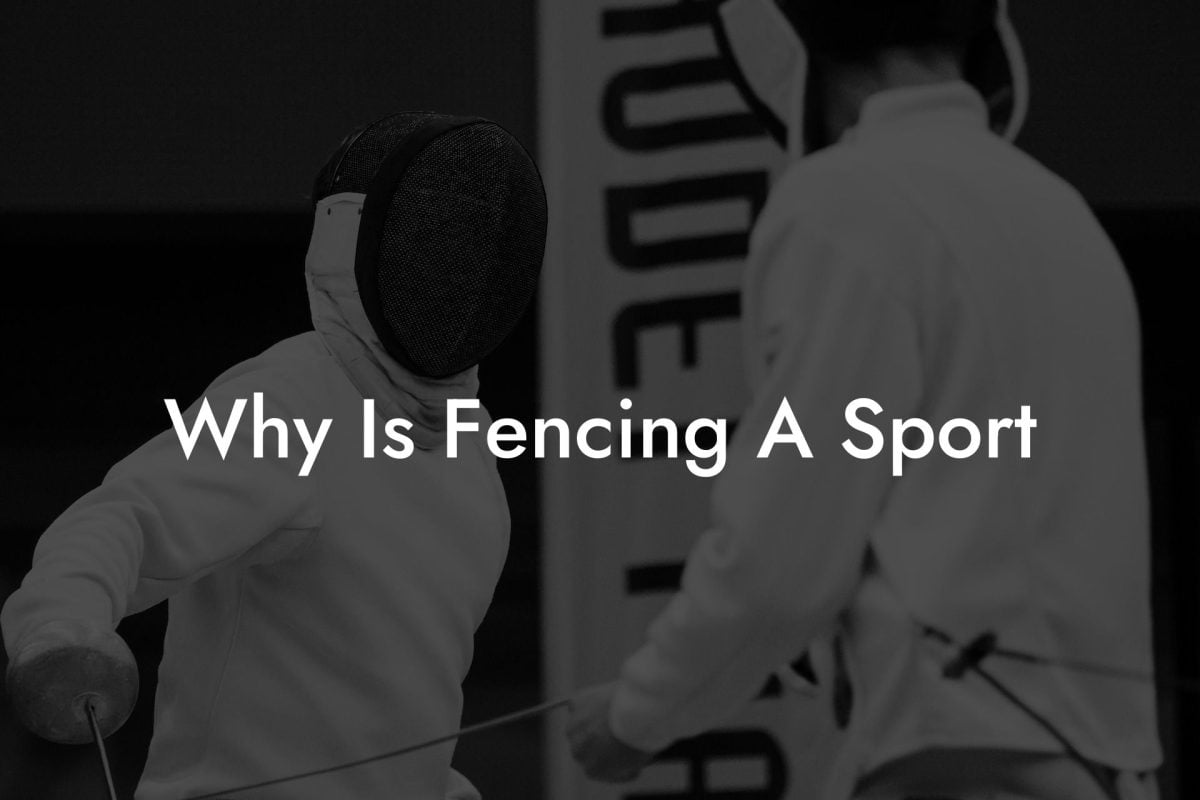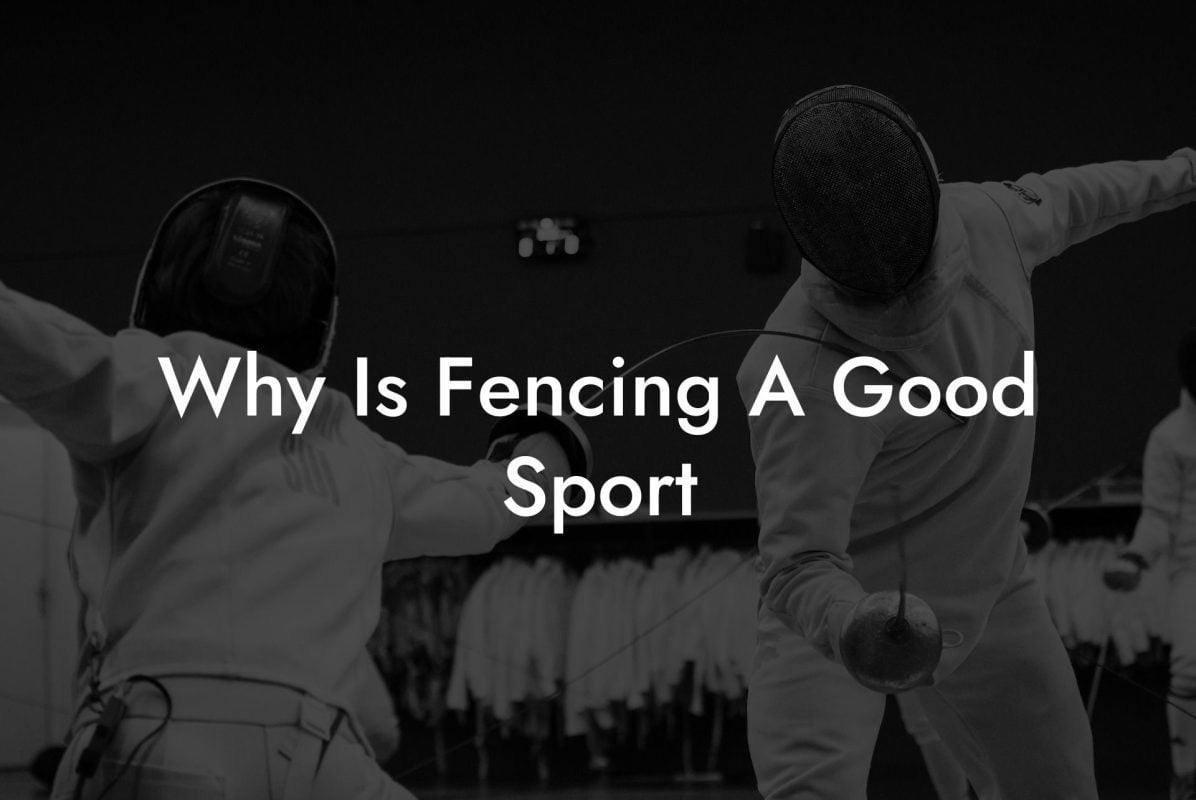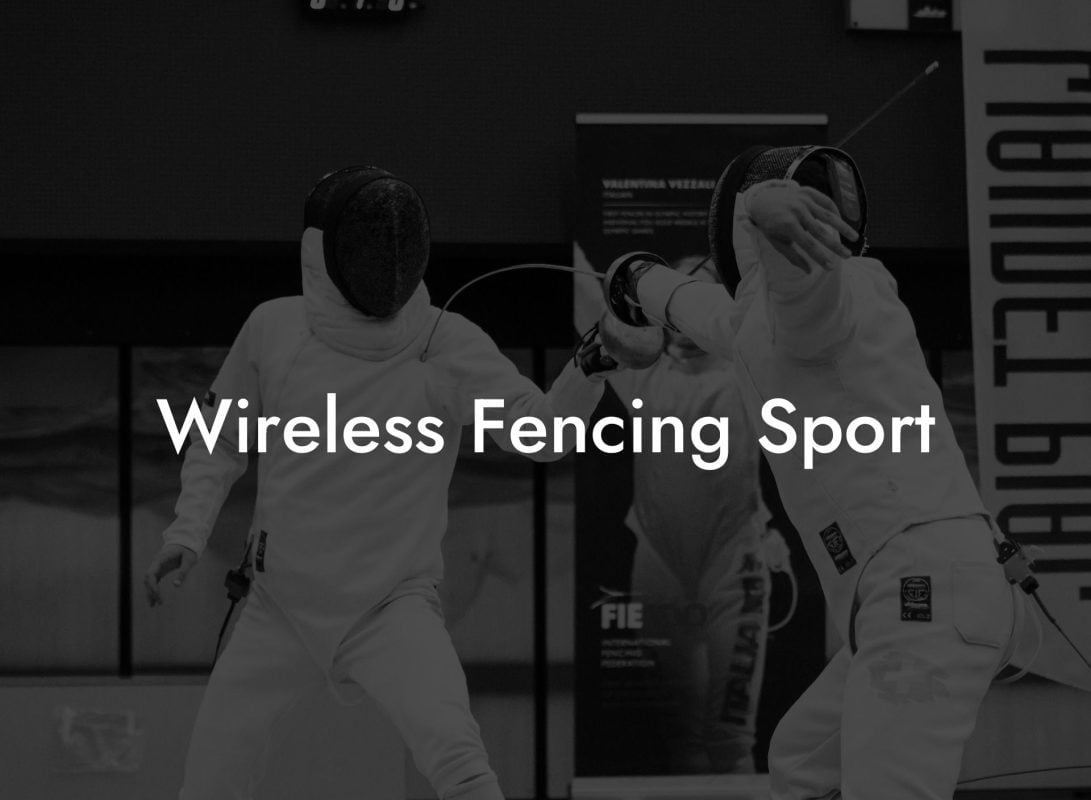Discover the fascinating world of fencing in the Arabic culture and learn how this unique sport transcends borders, languages, and traditions. In this article, we will delve into the history, significance, and current state of fencing sport in Arabic countries, providing an in-depth look at this exciting and engaging activity in a fresh, new perspective.
Fencing's History in Arabic Culture
Fencing, as a practice, has been present in Arabic culture since ancient times. It was an essential aspect of the military arts, and warriors in Arab-Islamic armies were trained in its techniques as part of their fighting skills. In addition to its military uses, fencing was also practiced as a form of entertainment and competition at various courts throughout the Arab-speaking world.
Development Through Time
As time progressed, Western fencing began to influence the fencing styles practiced in the Arab world. This led to the creation of a hybrid form, incorporating elements from traditional Arabic fencing and European techniques. This evolution has continued until modern times, with many Arabic fencing schools incorporating these adaptations into their training methods.
Modern Arabic Fencing
Today, fencing is recognized as an Olympic sport, and athletes from Arabic countries regularly participate in international competitions. Several outstanding fencers, such as Alaaeldin Abouelkassem from Egypt, have become prominent figures in the sport, raising greater awareness of fencing in the Arab world.
Fencing in Arabic Schools
Many Arabic-speaking countries now have their own fencing clubs and associations. These organizations work to promote the sport, improve fencing skills, and encourage competition among their members. Some Arabic schools also include fencing in their physical education curriculum, providing students with the opportunity to experience the sport firsthand.
Arabic Fencing Competitions
Local and regional fencing competitions are becoming increasingly popular in many Arabic countries. These events often draw participants from several nations and serve to showcase the talent and progress of the sport in the region.
Women in Arabic Fencing
Fencing is growing in popularity among women in Arab countries, with female fencers participating in local and international competitions. Some notable examples include Mona Shaito from Lebanon and Ibtihaj Muhammad, a Muslim-American fencer who competed in the 2016 Rio Olympics.
Fencing Sport In Arabic Example:
An example of how the sport of fencing has grown in popularity in an Arabic-speaking country is the development of fencing clubs and organizations in Egypt. The Egyptian Fencing Federation, for instance, serves to organize competitions and support the country's fencers. Alaaeldin Abouelkassem, an Egyptian fencer who won a silver medal in the 2012 London Olympics, has become a symbol of the country's prowess in the sport and a source of inspiration for future generations of Arabic fencers.
As we have shown, the sport of fencing has deep roots in Arabic culture, and as it continues to spread across the region, we can anticipate even more growth and development. We hope this article has provided you with new insights about fencing sport in Arabic countries and the passion that exists for it. We invite you to share this article with others, explore more guides on Anchorage Fencing Club, and ignite the excitement for fencing within your community. Let's continue to embrace the rich history and promising future of this captivating sport.

